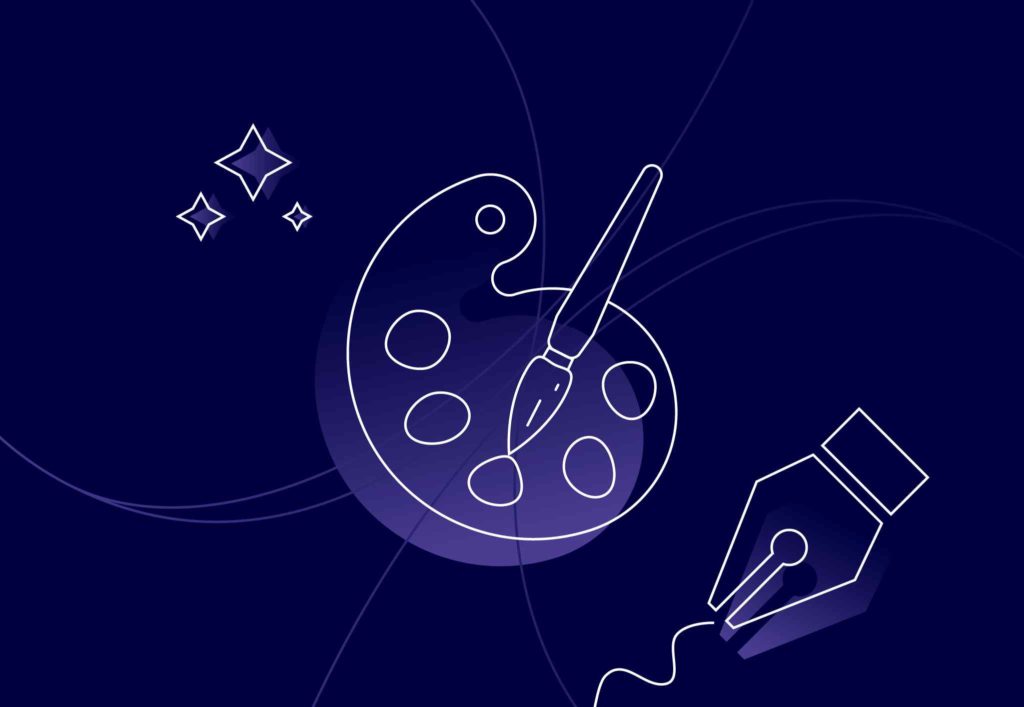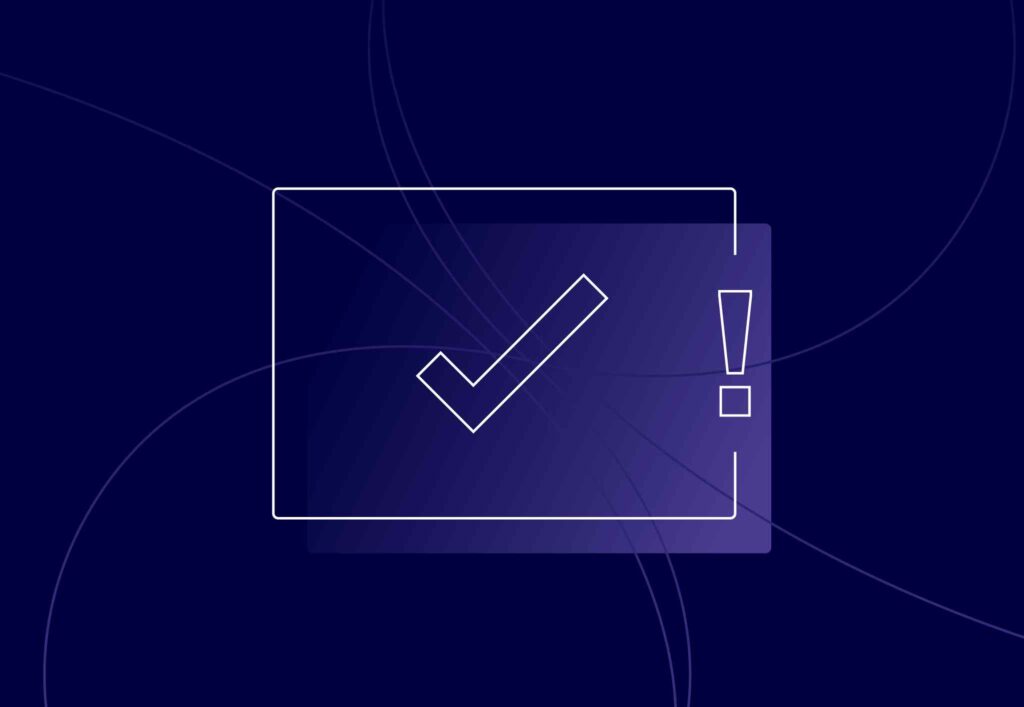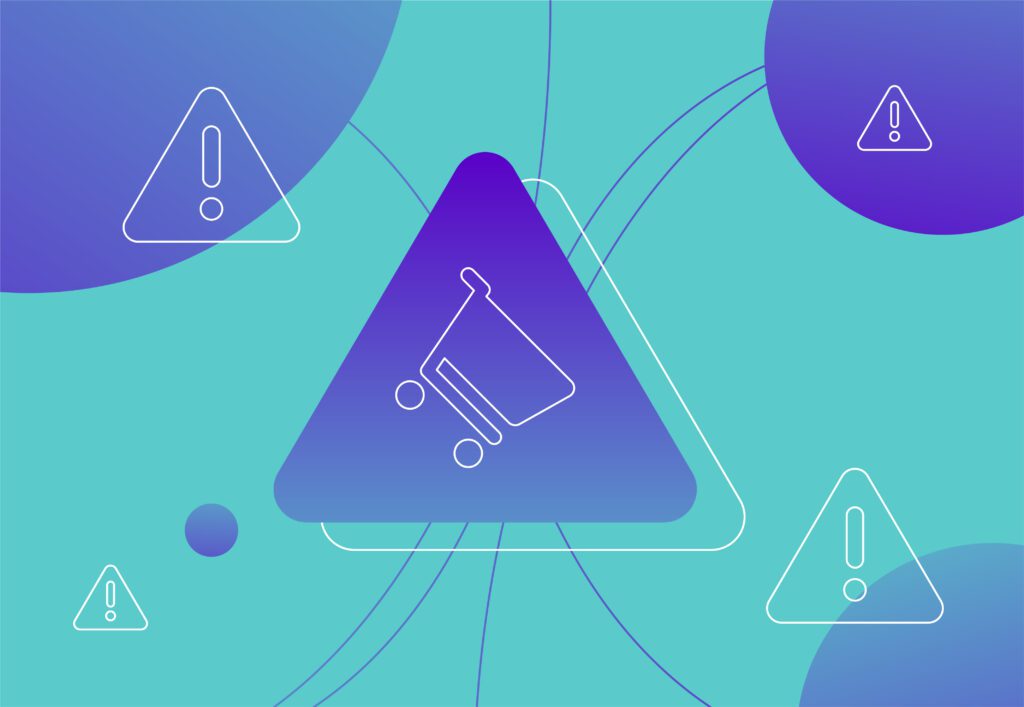
Designs that get results

Creating a website that customers will interact with can be difficult by yourself. You want the site to reflect your company while also making it appealing and inviting to new customers. We have pulled together a list of key areas to think about during your inspiration and design phase.
The 5 key areas to make websites work
An effective user journey is key
- Cluttered design or miss-matched or misused CTA placement can reduce click-throughs
- Maintaining the user’s focus using compelling layouts, whitespace and copy
- Simple well-thought copy can reduce complex decisions down to singular words or phrases
Creating a visually appealing consistent brand identity
- Having a brand identity which is clear, memorable and obvious allows for answers to questions the customer needs in a split second. Within seconds the site should be able to answer who? and what? your brand is/does
Designing your site for your audience
- No point in having a site that works for an older client audience if the target audience is kids
- The imagery used needs to relate to the brand image through the customer so it reflects the correct values
Keeping your customer within your user journey
- Using the messy middle you can keep customers on your site redirecting them to other internal pages for more information that relates to other topics. E.g. preserving users exploring other products, exploring articles/blogs related to the previous
- Reducing exit points on the main user journey on your site can also achieve this as customers must complete the journey before leaving reducing decisions until they achieve what you want (this is easier for returning customers who have already passed the trust-building exercise)
Great marketing tatics to engage with customers off your site
- Getting customers engaged before entering the site gives them questions that need to be answered, this is what your website is for. It could be a solution to an issue they are having or could be researching options for an issue yet to arise.
Websites we like
Apple – apple.com/uk/
Apple have their site designed in way that promotes both a descriptive content pages as well as e-commerce pages to complete orders. The hybrid site focuses on user journeys at its core allowing for customers to decide what products they want to view within the navigation relegating other pages such as Services, Business/ Partner pages and About Us sections to the footer. In doing this it removes a click making the customers navigate through a product sub-structure before getting to their desired product.
Within the content pages apple uses a simple block based structure with pre-defined CTA links. Each block focusing on a different feature of the device with sub-links sending users further down the rabbit hole. Towards the bottom of the pages apple tries to navigate customers which have reached the bottom to other sections of the site, may that be different related products, services, updates, sales or financing options. Apples uses imagery and video as its main marketing strategy, this is animated on the site using hidden javascript to transition video clips frame by frame on a scroll, this allows them to play a story to the customer as they scroll through product features and selling points answering all questions that could be asked.
They also use a sticky sub-navigation on product pages allowing customers to quickly navigate to sub-pages for more details as well as the purchasing process (keeping this active on the page increases completed purchases by having it in every occasion active and in front of the customer.
Apples customer purchasing journey is also sculpted to increase purchases, they do this by always keeping the product as well as the main USPs on the left while allowing the customer to configure their own device on the right making it seem like they have freedom to do what they like. They also keep this as an on-page form instead of using pop-ups or modals, this keeps the customer on the page and reduces chance for the customer to end the journey. They also carry on the use of a sticky header on this page keeping the device name, spec and price within.
ASOS – asos.com/
ASOS are the leader of online clothing retail. They have maintained this by focusing their site around the easiest to use user journey. The buying journey for ASOS is linked to individual products allowing customers to drill down through sub-categories before deep diving into product details and specifications, allowing them to add the product to ‘Save later’ lists or groups or a basket for speedy purchasing. Allowing customers to only have one choice when selecting the product also speeds up purchasing reducing questions the customer need to ask themselves, they do this by having colours as individual products and only allowing the customer to choose a size.
Clear CTA’s are always a must for a top ranking site within its sector. ASOS use clear capital lettering on white boxes for its main CTA’s which on hover changes to black. This makes them stand out among bright colourful themed imagery and complex product imagery giving customers quick and understandable options when deciding where to navigate. The only place where this is different is during the buying journey, here a green button in the game capital lettering is used. In this case green is good as it portrays a successful action.
ASOS recently have followed outcries to the overall sector to change product imagery to reflect that of the customer base rather than models which don’t match the body standards of everyday people. They have replaced product imagery with people of all skin colours, weights and heights, body piercings or tattoos. While this has improved the reputation of the company it has also increased purchasing opportunities, this is down to the customer being able to relate to the models and see themselves in the outfits.
Navigating a e-commerce site is the biggest exit reason for most customers. ASOS has solved this issue by using easy to read and helpful filters. These filters change between sub-categories giving the customers better filters that closely represent the products they are searching for. An example of this is mens shirts where the main filters change to show neck sizes and fit styles whereas on mens jeans they change to waist sizes and length.
We can help!
If you are looking for a new site, contact us. We can help you with all stages of your project, may that be design inspiration, web design, web development and launching we are here to support and help you get what you need.




